Welcome back to Decouple, the best source for cutting-edge analysis on nuclear energy, with weekly interviews by Chris Keefer. Watch on YouTube, Spotify, or Apple.
This week, we talk radiation—the elephant in the room during many conversations about nuclear power. Nick Touran, a reactor designer and nuclear historian, helps us along. While nuclear advocates have made remarkable strides in dispelling public fears about radiation, Touran warns against the pendulum swinging too far toward complacency. We explore why maintaining a healthy respect for radiation remains crucial even as we champion nuclear power's expansion.
Watch the full interview on YouTube.
We talk about
The shift in anti-nuclear arguments from radiation fears to economics and project delivery
The danger of overcompensating in nuclear advocacy by downplaying radiation risks
Historical radiation incidents and their impact on nuclear safety culture
The extraordinary range between detectable radiation and harmful levels (13 orders of magnitude)
How nuclear accidents like Browns Ferry and TMI shaped modern nuclear regulations
The unique challenges of nuclear power, including residual heat that can't be "turned off"
Why advanced reactor designs still require robust radiation safety protocols
The importance of balancing regulatory reform with maintaining safety culture
The viral "Enron egg" parody and why realistic nuclear education matters
Finding the right balance between excessive regulation and necessary safety measures
Deeper Dive
Nuclear power advocates have won significant battles in recent years. The conversation around nuclear energy has shifted dramatically from fears about radiation and accidents to more practical concerns about economics and project delivery. This represents real progress. However, as Nick Touran cautions, there's a risk of overcorrection—of advocates becoming too casual about what fundamentally makes nuclear special and potentially dangerous.
"One of Admiral Rickover's key principles was: you must respect even very small amounts of radiation. We're just not doing that anymore. We're kind of saying radiation's not bad, and I think that's a major mistake." – Nick Touran
The history of radiation exploration reveals why a balanced perspective matters. Early discoveries quickly demonstrated radiation's hazards. In the 1920s, a radioactive elixir called Radithor led to gruesome deaths, including that of Eben Byers. His jaw disintegrated, his skin deteriorated, and his horrible death effectively killed an entire $20 million radioactive medicine industry (look up photos of Eben Byers at your own discretion). Other gruesome deaths include that of Louis Slotin at Los Alamos National Lab, who witnessed the infamous “blue flash” during a criticality experiment on a plutonium core. Throwing himself over the core to shield his fellow scientists, and separating the core with his hands to stop the fission reaction, he absorbed a lethal dose of radiation and died 9 days later.
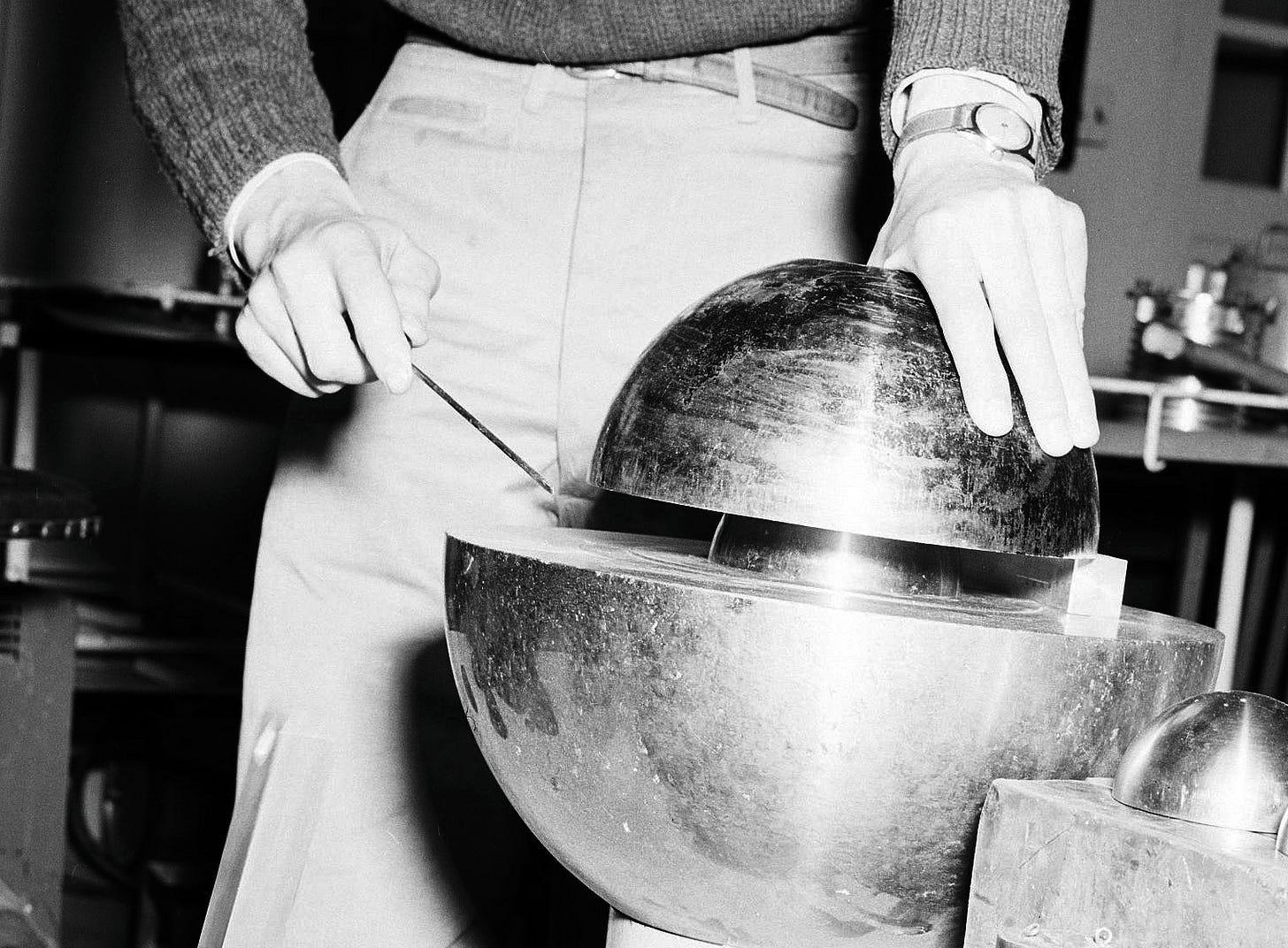
What makes radiation uniquely challenging is its extraordinary detection range. Touran explained that there are approximately 21 orders of magnitude between what we can detect with instruments and what exists in an operating reactor (roughly the difference in quantity between a grain of sand and all the sand on planet Earth). We can detect a single atom decaying, yet it takes trillions more before harm occurs. This remarkable sensitivity creates communication challenges, as Touran demonstrated with his Geiger counter readings of various radioactive materials. His small cesium-137 check source – containing just a microgram of material – caused the detector to jump from background levels to over 5,000 counts per second. This tiny amount, if ingested, could significantly increase cancer risk.
The speed at which nuclear reactions occur also demands respect. In a prompt critical reaction, neutron generations double every 10 nanoseconds (10^-8 seconds) – a unit of time known as a "shake" from the Manhattan Project era. This incredible rate explains why even small research reactors like SL-1 (a mere 200 kilowatts) could experience catastrophic power excursions when mishandled.
The nuclear industry's safety culture evolved through hard lessons. The Browns Ferry fire in 1975 revealed how seemingly minor issues – using a candle to check for air leaks – could escalate to near-disaster when electrical cables caught fire. For 15 hours, operators struggled to control a full-power reactor without normal monitoring systems. This led to substantial improvements in fire protection, cable separation, and redundancy requirements. Similarly, the Salem plant experienced an "anticipated transient without scram" when safety systems failed to insert control rods automatically during an emergency. Investigation revealed inadequate maintenance of critical components, leading to regulations requiring better adherence to vendor specifications.
What sets nuclear apart from other energy sources is the challenge of residual heat. As Touran emphasized, “you can't turn off a nuclear reactor” completely – meaning that while the chain reaction can be stopped, decay heat continues to generate significant power (initially about 7% of full power) that requires cooling for months. This unique characteristic necessitates multiple safety systems and defense-in-depth approaches to prevent radionuclide release. The Fukushima accident demonstrated how critical it is to maintain cooling capabilities even after shutdown.
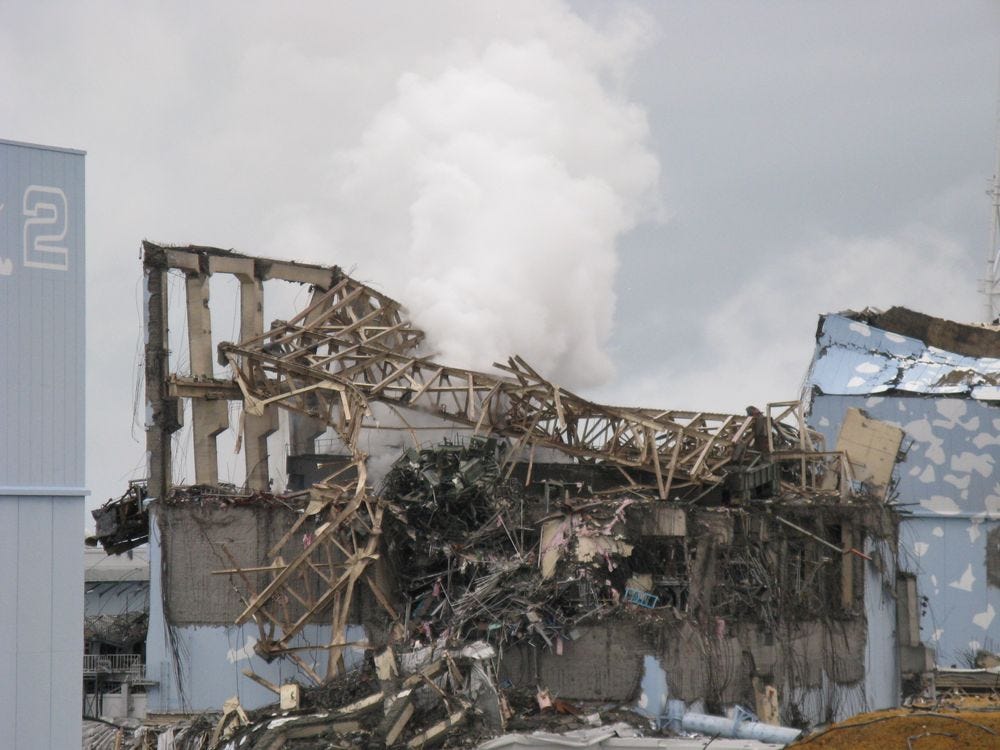
The public expects exceptional performance from nuclear power. As Touran noted during a recent panel discussion with investors, their tolerance for even small radiation releases is “basically zero.” While this may seem unfair compared to other energy sources, it reflects reality. A nuclear accident that releases radiation, even without causing immediate harm, can destroy public confidence, investor support, and industry momentum. This asymmetrical standard means that maintaining high safety margins and a strong safety culture isn't just good practice—it's essential for nuclear power's continued existence.
Advanced reactor designs offer improved safety features but aren't immune to radiation challenges. Sodium-cooled fast reactors like EBR-1 and Fermi-1, gas-cooled pebble bed reactors like THTR, and other "advanced" designs have all experienced fuel failures and radiation releases. Each technology brings unique potential failure modes. The Soviet K-27 submarine with lead-bismuth cooling melted fuel that circulated through the primary loop, fatally exposing sailors to radiation. As Admiral Rickover cautioned, even small amounts of radiation warrant respect – a principle some modern advocates seem to forget.
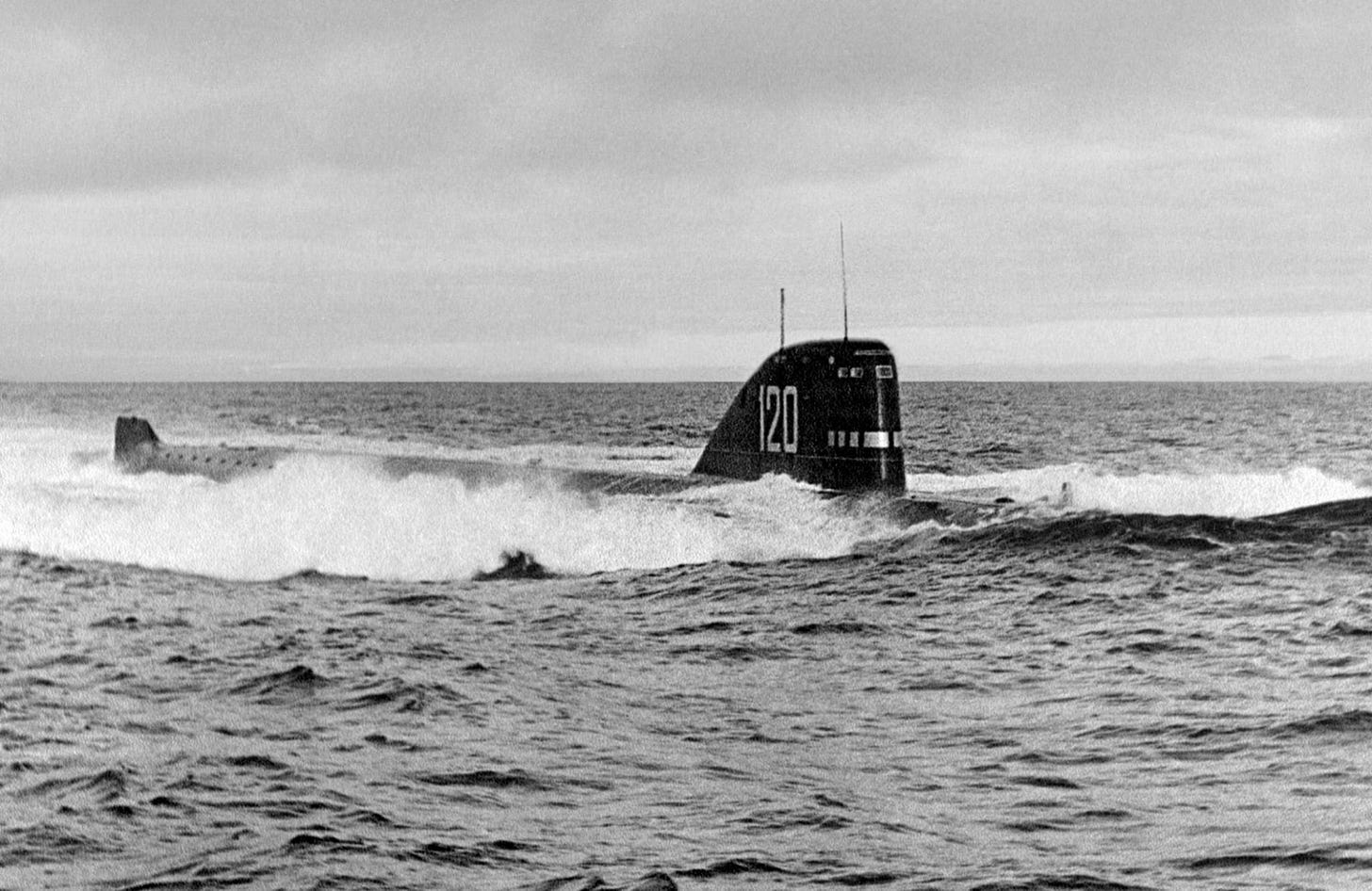
Finding the right regulatory balance remains crucial. Some regulations may indeed be excessive or inefficient, but identifying specific improvements requires careful analysis—not wholesale dismissal of nuclear’s risks. Such dismissal of radiation protection regulations risks undermining the very factors that have made nuclear power acceptably safe.
As Touran suggests, creating a prioritized list of potential regulatory changes, with appropriate replacements, would provide a more productive path forward than sweeping deregulation. What's clear is that maintaining public and investor confidence depends on demonstrating that nuclear power's very real risks are well-managed.
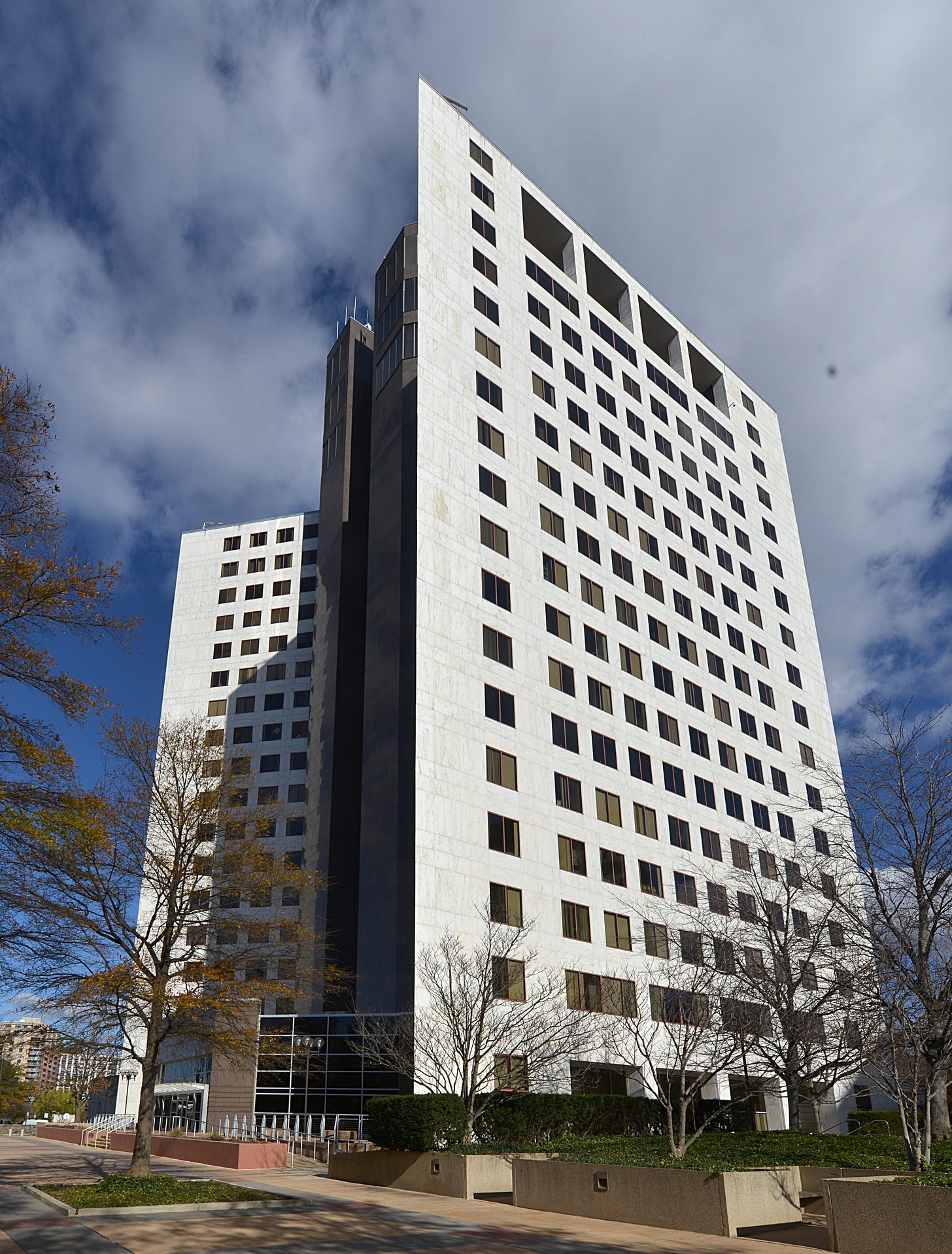
Other Links
Oh, My Darling Clementine — Paper on the Clementine plutonium fast reactor
Chapters
00:00 Introduction
08:02 The hazards of overpromising on safety
11:50 Radiation isn't fun and games
21:13 Orders of magnitude of radiation
27:58 Geiger counter demonstration
33:03 Shielding radiation
41:53 Implications for advocates
46:54 How accidents changed reactor designs and regulation
56:26 Perceptions matter
1:08:11 Radioisotopic Thermal Generators
1:13:49 The Enron Egg
1:19:13 Outro
Keywords
Radiation safety, nuclear advocacy, defense-in-depth, decay heat, criticality accidents, regulatory reform, safety culture, advanced reactors, public perception, radiological protection





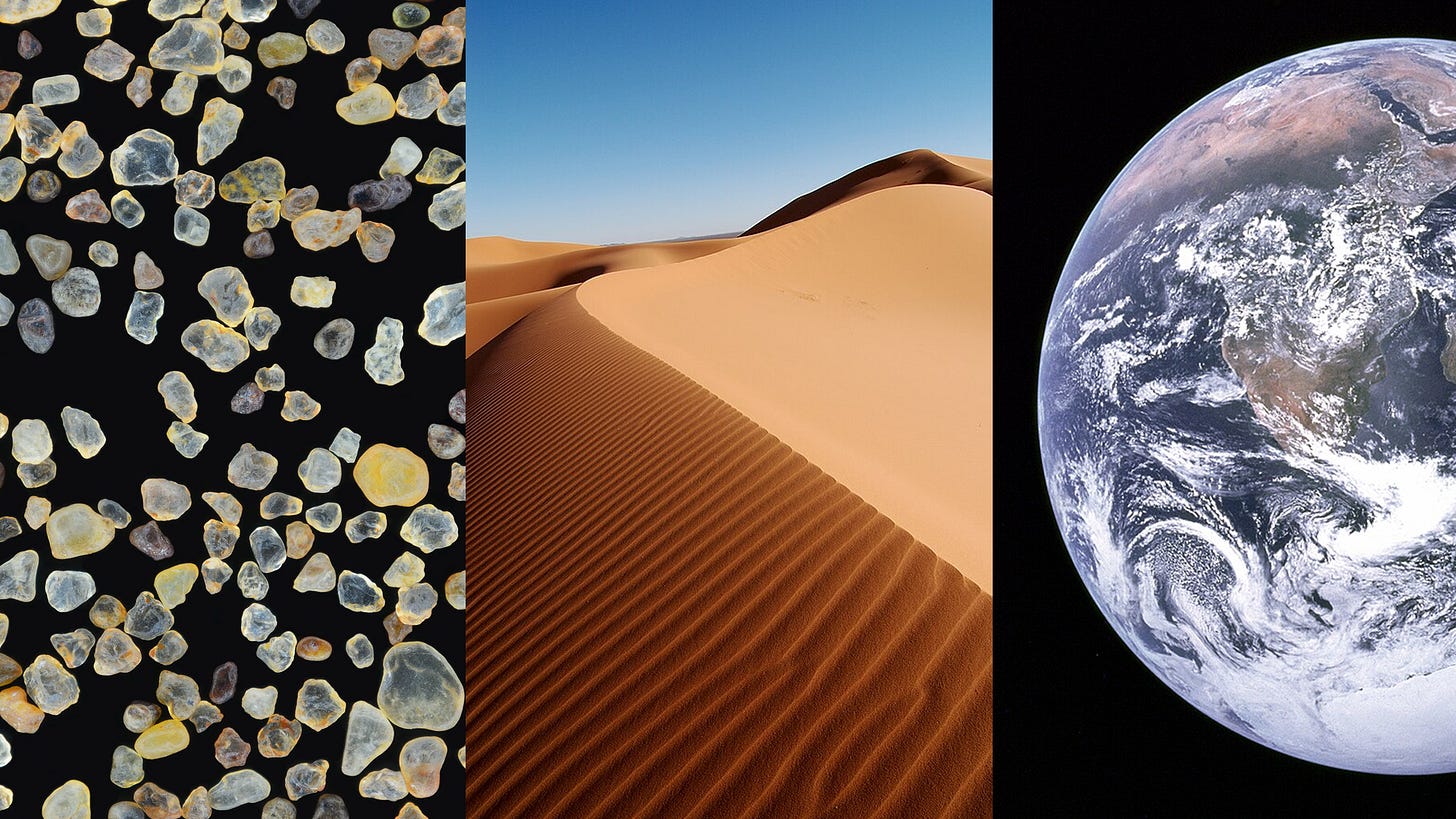
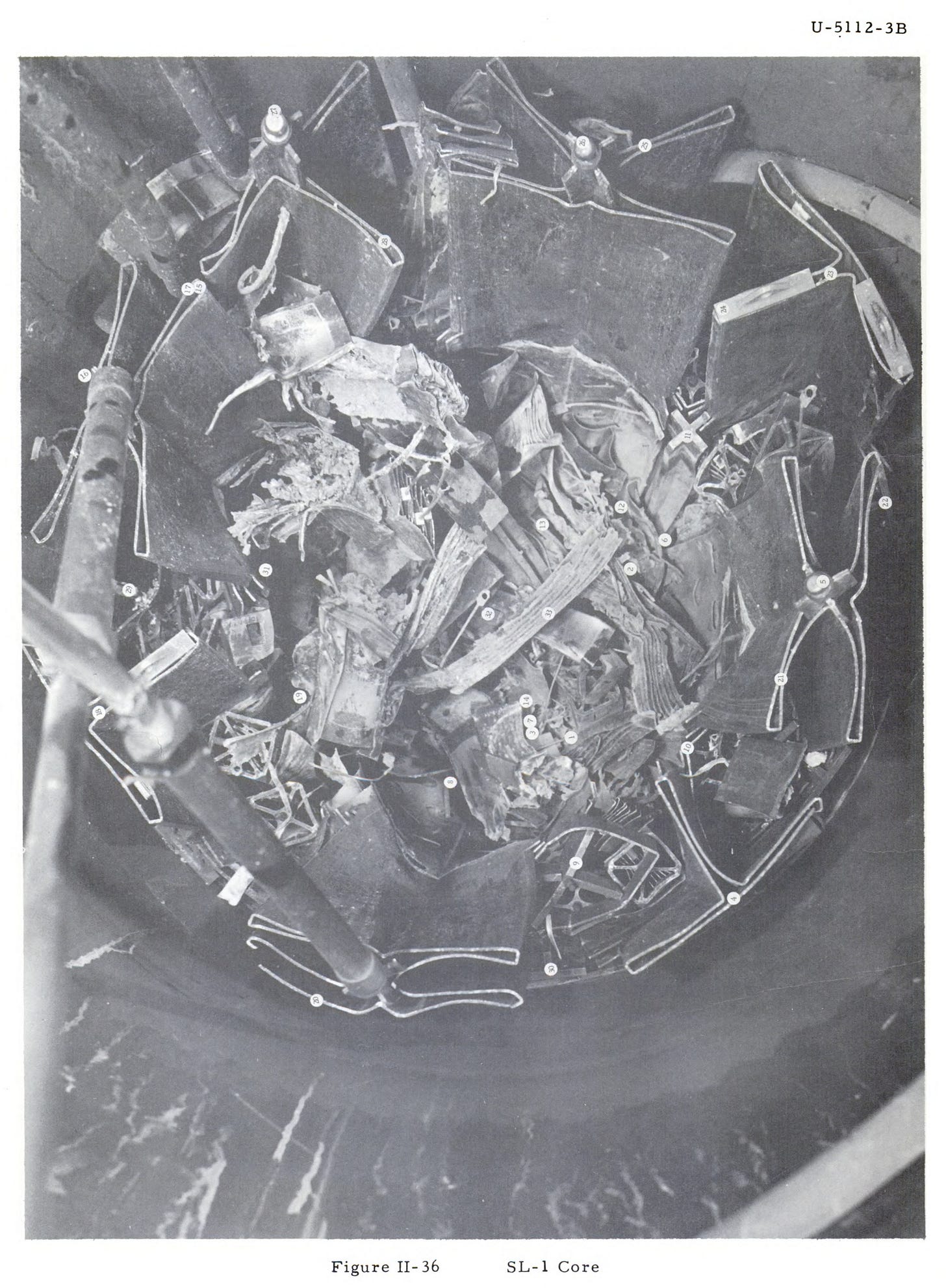
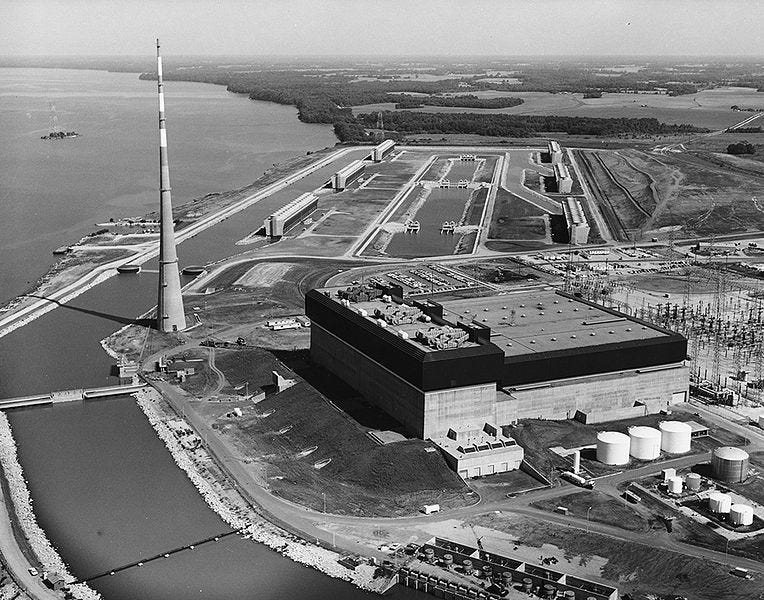
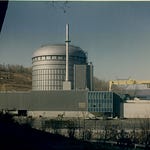


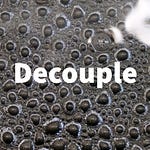

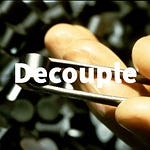

Share this post